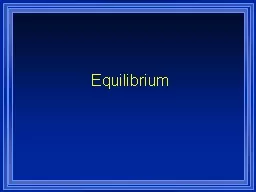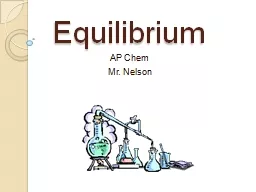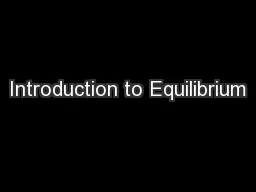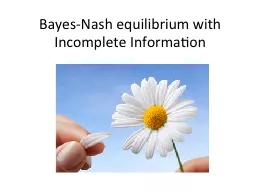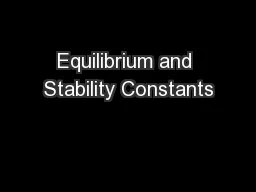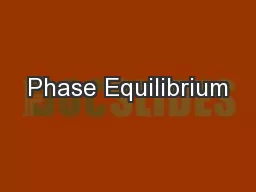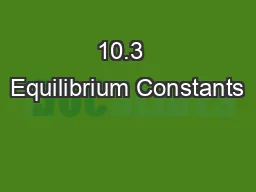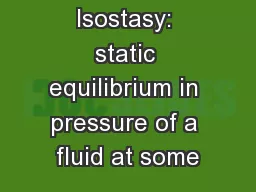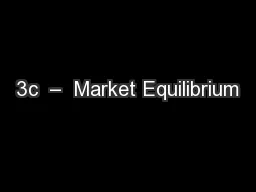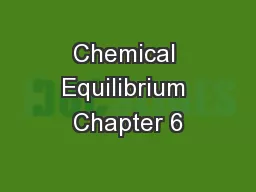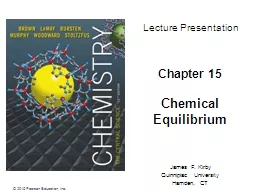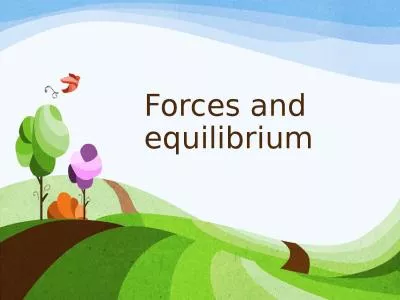PPT-Chapter 13: Equilibrium and
Author : cheryl-pisano | Published Date : 2018-10-28
Human Movement Basic Biomechanics 4 th edition Susan J Hall Objectives Define torque quantify resultant torques and identify the factors that affect resultant joint
Presentation Embed Code
Download Presentation
Download Presentation The PPT/PDF document "Chapter 13: Equilibrium and" is the property of its rightful owner. Permission is granted to download and print the materials on this website for personal, non-commercial use only, and to display it on your personal computer provided you do not modify the materials and that you retain all copyright notices contained in the materials. By downloading content from our website, you accept the terms of this agreement.
Chapter 13: Equilibrium and: Transcript
Download Rules Of Document
"Chapter 13: Equilibrium and"The content belongs to its owner. You may download and print it for personal use, without modification, and keep all copyright notices. By downloading, you agree to these terms.
Related Documents


